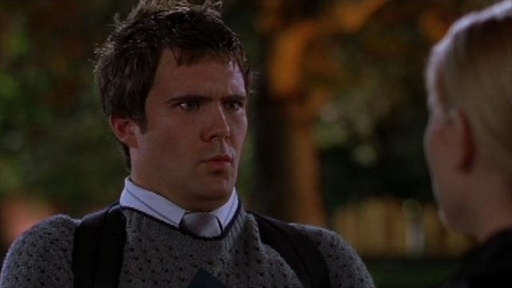2) Close on the heels of Robin's post about Indian-Americans in politics (linking to a pretty balanced, and fact-based, story on Yahoo), we have here another post about Indians, this time, not in politics, but in Edison, N.J. And my post refers a story in Time Magazine, by regular columnist Joel Stein. Unfortunately, Stein's article is neither balanced nor fact-based.
Stein's article starts out as follows:
I am very much in favor of immigration everywhere in the U.S. except Edison, N.J. The mostly white suburban town I left when I graduated from high school in 1989 — the town that was called Menlo Park when Thomas Alva Edison set up shop there and was later renamed in his honor — has become home to one of the biggest Indian communities in the U.S., as familiar to people in India as how to instruct stupid Americans to reboot their Internet routers.It's pretty much downhill from there. Stein writes that he learned to commit various petty crimes at neighborhood joints, and, now that the stores and restaurants are Indian, "[t]here is an entire generation of white children in Edison who have nowhere to learn crime."
Har-har. So Stein has a malformed, if incoherent, sense of humor. (Confidential to Klein: it is, in fact, possible to steal food from Indian restaurants, too.) But the article quickly degenerates into out-and-out racism. After noting that the locals took to calling the new immigrants "dot heads", Stein writes, "I question just how good our schools were if 'dot heads' was the best racist insult we could come up with for a group of people whose gods have multiple arms and an elephant nose."
Now I can take a joke pretty well, and Jay-Z's "red dot or feather" line doesn't bother me all that much. And I suspect that Stein was going for a tongue-in-cheek piece rather than a blatantly racist one. But it's too late to unring the bell. Stein's piece is just the type of fodder that fuels anti-immigrant sentiment (Indian or otherwise) around the country. The "sense of loss" he feels is because people in his hometown look different and eat "food that spicy". His attempt at humor (and I'm being charitable; maybe he really did intend to write a racist screed) falls flat precisely because it seems to belie an underlying xenophobia.
The ironic thing is, Stein sort of has a point. In his last paragraph, he writes (again inartfully) about the assimilation of the current generation of Indian-American kids into American -- and more specifically, Jersey -- culture. This is a good thing. Just like people from any other immigrant community, Indians in this country have, to varying degrees, adopted American customs, names, habits, musical tastes, and more. The Indian kids slick back their hair and wear gold chains, a la the cast of Jersey Shore; the kid whose family has been in Edison since the time of, well, Thomas Edison, tries Indian food and sneaks into a Bollywood movie. Stein is correct: that give-and-take is "so wonderfully American".
Also "wonderfully American" is petitioning for redress of one's grievances. So take a minute click this link, and petition Time Magazine to respond to Stein's article. Unlike in much of the world, Stein has a right to write whatever kind of article wants, racist, ill-informed, or otherwise. But he should defend his views, if he really does hold them, or publicly explain his motivations in writing the article, if he does not.
**************************
Since lawyers and law students read this blog, I'll make a few technical comments. One, I know the right to petition applies only to the government and not private actors; it's a rhetorical device, and anyway, the practice of petitioning has a long history in this country. Second, I know Stein's has a First Amendment right to publish whatever he wants; I don't suggest that it was (legally) improper for him to write or Time to publish the article. But First Amendment rights are a two-way street and, if for nothing more than his reputation and journalistic integrity, Stein ought to defend his views.




















